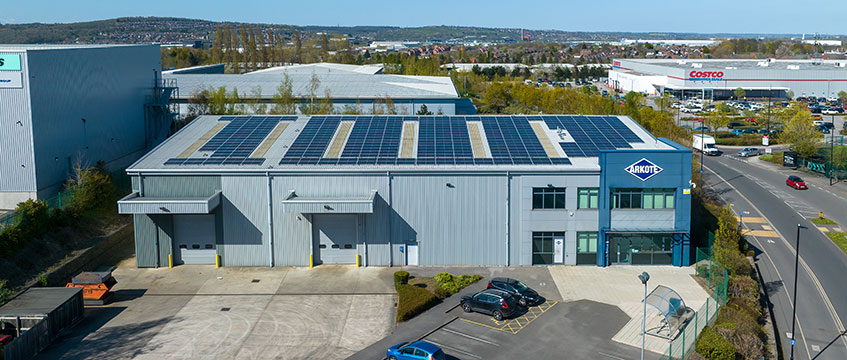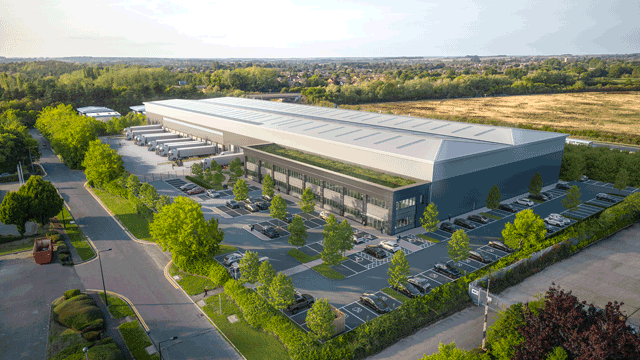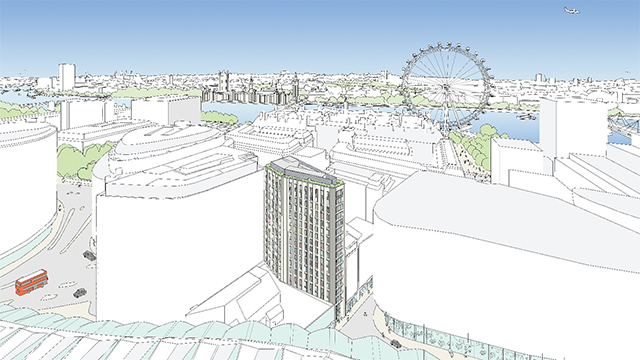COMMENT COP27 finishing on 18 November and the Qatar Fifa World Cup kicking off just a couple of days later seems somehow difficult to reconcile.
Climate change is widely acknowledged as one of the biggest global challenges, bringing increasingly frequent international catastrophes, yet the consequences of decisions that did not recognise this continue to unfold.
Awarding the football World Cup to a country that had limited infrastructure capable of supporting an international sporting event and a poor record on human rights led inevitably to worker exploitation and massive environmental impacts. Seven new stadiums, multiple training grounds, hotels and infrastructure have been created by workers with few if any rights, in some of the harshest conditions.
An additional 3.6m tonnes of CO2e is being emitted for an event that will last just 46 days. To put this into context, the Maldives, an archipelago suffering terrible consequences from climate change, emits an estimated 1.91m tonnes of CO2e in 365 days.
Some 10,000 litres of water are reported as being required for each pitch in Qatar every day. This is a desert state in a region where crops are failing and people starving due to drought. The air conditioning required to keep these stadiums cool enough to sit in, let alone play world-class football in, will be eye-watering. This will be powered largely by fossil fuels, adding copiously to the problem world leaders have just spent two weeks wringing their hands over in Sharm El-Sheikh.
A legacy decision?
The key decision was of course made back in 2010. That it feels so anachronistic in 2022 is evidence of a general acceptance of the climate emergency and of the risks it presents. Standards and expectations on human rights have also come a long way. Foreign secretary James Cleverly was rightly called out for suggesting gay fans should “be respectful of the host nation”, where homosexuality is criminalised. Former footballer Gary Neville looked foolish when called out by Ian Hislop on Have I Got News for You for working in Qatar for the World Cup. Denmark’s decision to use its football shirts to make a statement about the human rights record of Qatar, in particular in relation to construction workers, is also notable, regardless of it being stopped by Fifa. The attention focused on these issues across mainstream media is one potential bright spot. There have been reported improvements to some workers’ rights in Qatar; let’s hope this continues. One could argue that the World Cup in Qatar is a legacy decision and we have moved on. But have we?
Legacy decisions are particularly relevant for real estate. Design decisions made a few years ago can seem very outdated now. Gas-fired CHP as we transition to all-electric buildings, fully glazed facades in cities with 40°C-plus summer days, basement plant rooms and paved surfaces in the face of extreme rainfall, materials specified without consideration of the environmental consequences or the supply chain – these are all things that should raise red flags now, but do they? Long development programmes and tricky market cycles mean buildings designed with such features continue to come to market.
Change versus the spreadsheet
One of the overriding messages from the market now is the need for tangible change to manage climate impacts. This is excellent, but the problem comes when tangible change hits the reality of the spreadsheet, particularly now. Improving assets is expensive and requires careful decision-making. Many assets require significant improvement to meet international targets and rising market expectations. But if we don’t hit those targets then the climate risk consequences will impact the assets anyway, so either the assets are improved or they will be downgraded.
Questions are rightly being asked about the carbon consequences of demolition, but not routinely. Reconciling the need for new buildings and infrastructure with the need to cool a warming planet and limited supplies of materials brings conflict between what we want and what we can have. Which projects get to happen? In a carbon-constrained world it is hard to justify the embodied carbon and resource impacts of demolition with an increased quantity of high-end floorspace generating a higher short-term return at everyone else’s expense. The impacts of these decisions will be felt by all of us for decades to come.
Try watching an episode of any programme presented by David Attenborough and then one of the matches in Qatar and think carefully about the decisions being made on your behalf, not just as a football fan but as a global citizen. If you feel powerless to make change, look at the change that has already happened and be an active advocate for more.
Our sector has recognised that it is part of the problem and good progress is being made, but we need to make tough decisions and the right decisions on real estate development, investment and management now to avoid emissions that will affect living standards for many lifetimes. We can still be in control of those decisions, not at the mercy of climate change, but time is running out.
Louise Ellison is chief commercial officer at Longevity Partners











